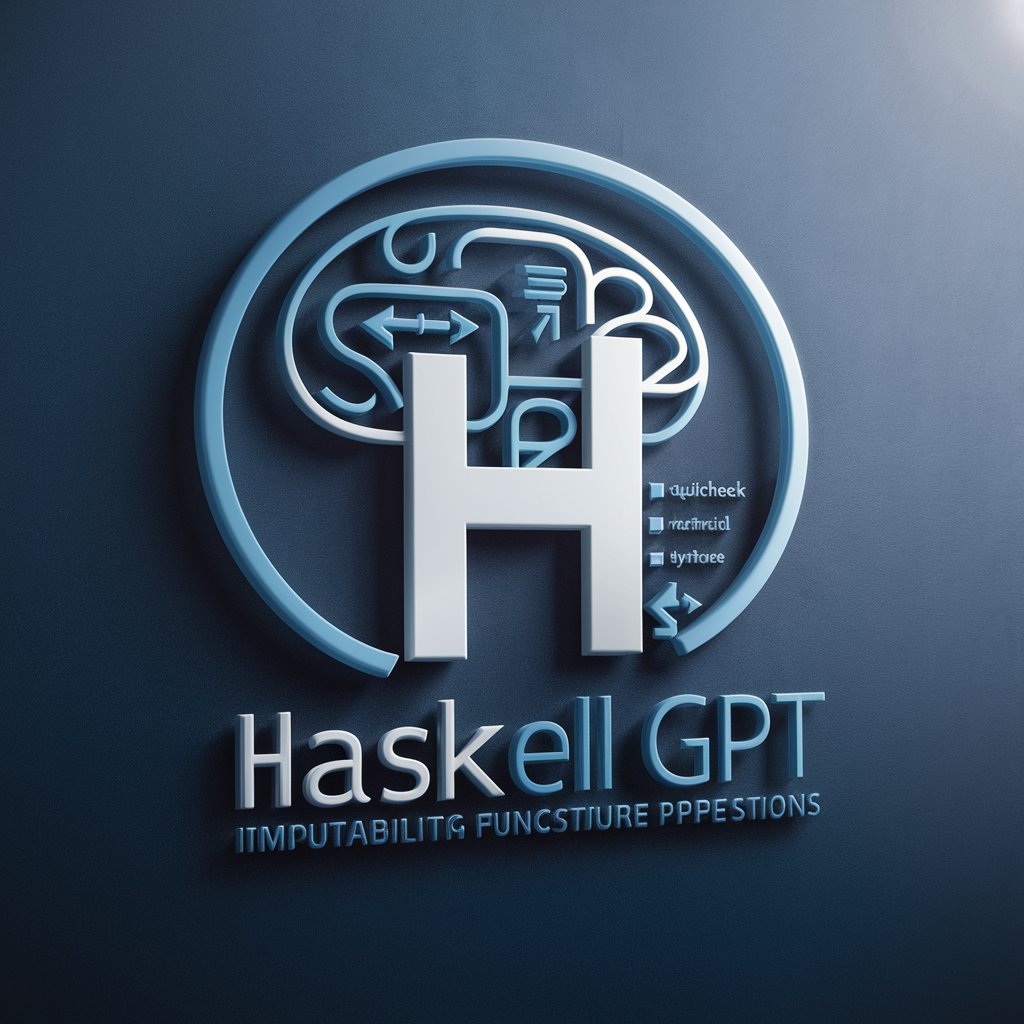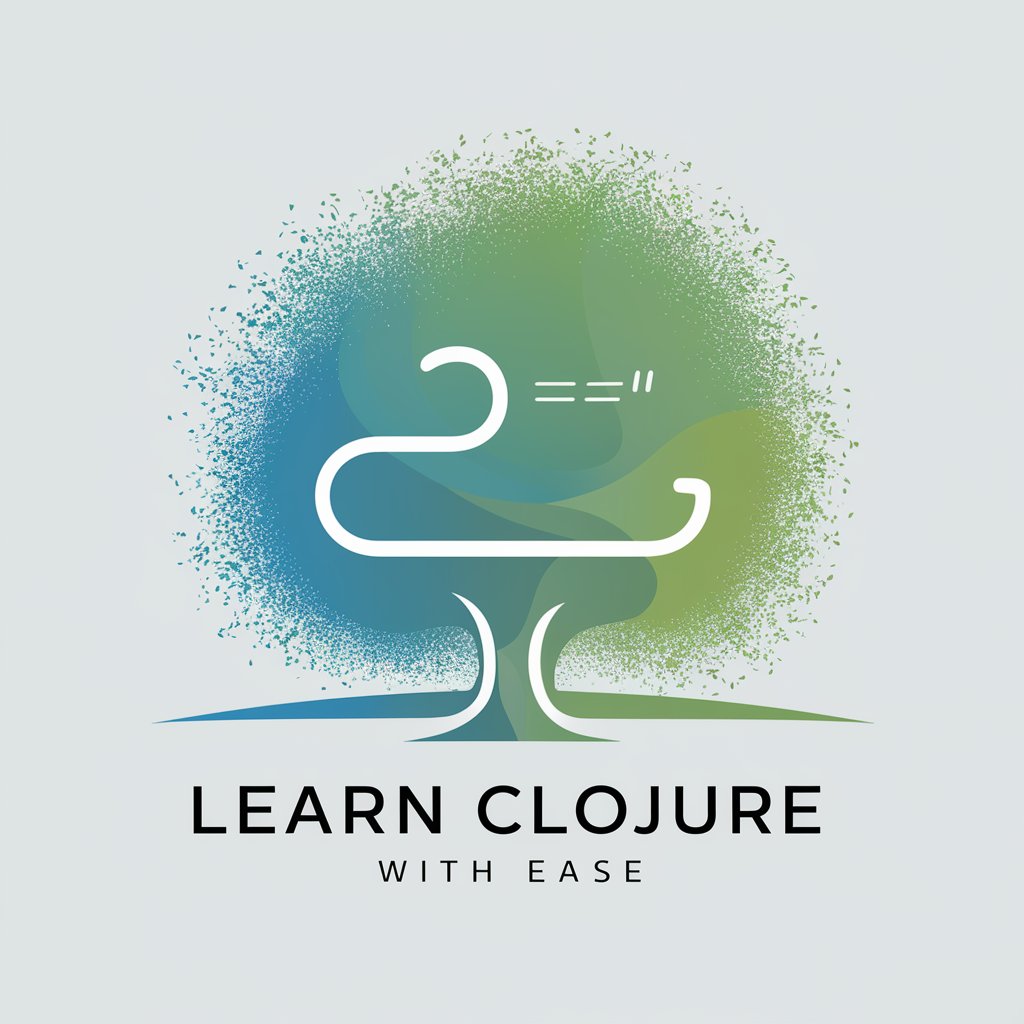
📚 Dive into Haskell - Haskell Learning Platform
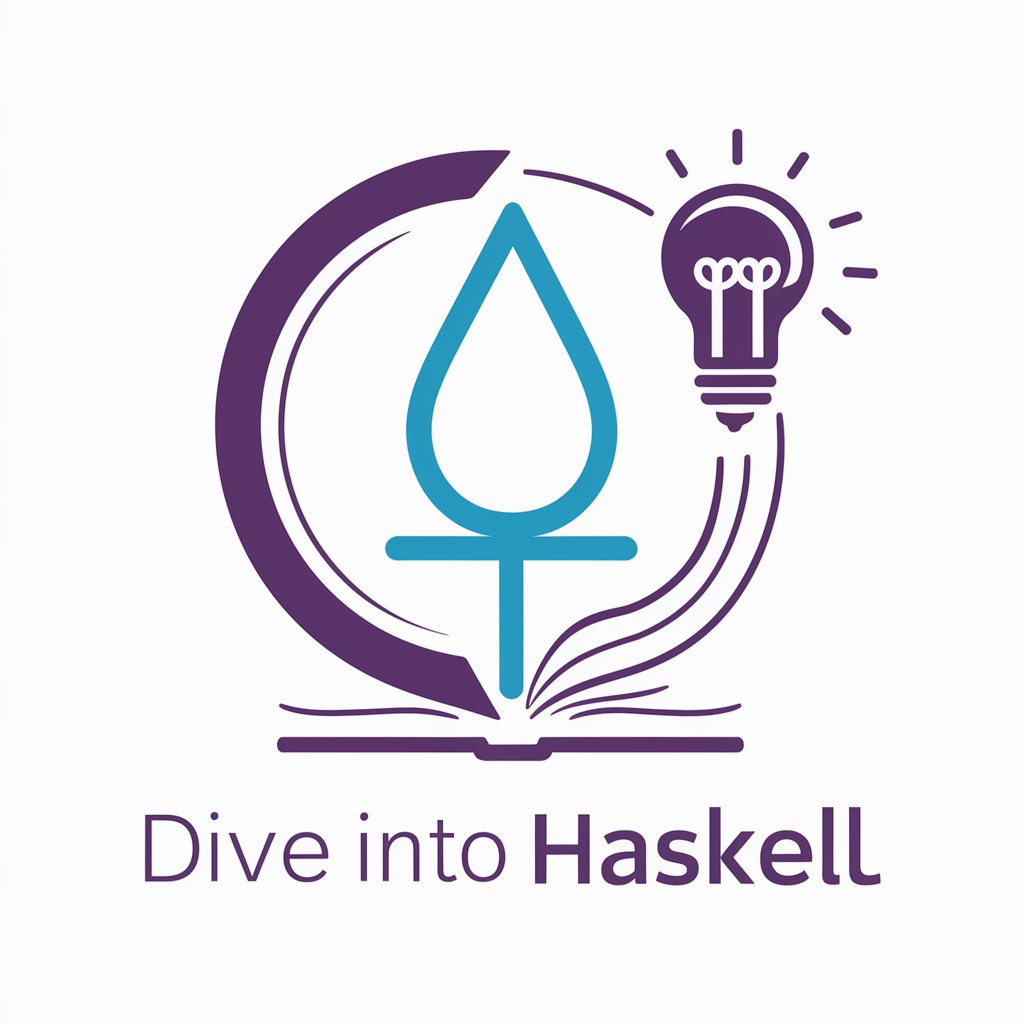
Welcome! Ready to dive into Haskell and explore functional programming?
Master Haskell with AI-Powered Guidance
Explain the concept of immutability in Haskell with examples.
How do pure functions work in Haskell? Provide a detailed explanation.
Can you guide me through creating a higher-order function in Haskell?
What are some common challenges beginners face when learning Haskell, and how can they overcome them?
Get Embed Code
Introduction to 📚 Dive into Haskell
📚 Dive into Haskell is designed as a virtual mentor for learners delving into the Haskell programming language, a pure functional programming language known for its strong static type system, immutability, and lazy evaluation. The core purpose is to guide users through the nuances of functional programming principles as they apply to Haskell, emphasizing concepts such as pure functions, higher-order functions, type systems, and recursion. Through detailed explanations, practical coding examples, and engaging exercises, 📚 Dive into Haskell aims to make learning Haskell accessible and enjoyable. For instance, users can expect to explore how to write a function that filters a list based on a predicate, showcasing Haskell's approach to immutability and function purity. Powered by ChatGPT-4o。

Main Functions of 📚 Dive into Haskell
Explaining Haskell Concepts
Example
Illustrating the concept of pure functions with examples that compare pure and impure functions, helping users understand function purity in Haskell.
Scenario
A user unfamiliar with pure functions learns how they ensure predictable outputs for the same inputs, crucial for Haskell's reliability and ease of debugging.
Practical Coding Exercises
Example
Providing exercises to implement a Fibonacci sequence generator using recursion, demonstrating Haskell's elegant handling of recursion and immutability.
Scenario
A user applies theoretical knowledge of recursion and immutability by coding a Fibonacci sequence generator, reinforcing learning through practical application.
Interactive Learning Support
Example
Facilitating interactive discussions on user-submitted Haskell code, offering constructive feedback and suggestions for improvement.
Scenario
A user submits a piece of Haskell code for review. Through interactive feedback, the user learns optimization techniques and Haskell best practices, enhancing their coding skills.
Ideal Users of 📚 Dive into Haskell
Beginner Haskell Learners
Individuals new to Haskell or functional programming who seek a structured, comprehensive introduction. They benefit from the foundational concepts and gradual learning curve.
Intermediate Programmers
Programmers with experience in other languages looking to expand their skill set into functional programming. They gain from the practical examples and exercises tailored to deepen their understanding of Haskell.
Educators and Students
Teachers and students in computer science who require resources for learning or teaching Haskell. They find value in the detailed explanations, examples, and exercises that can supplement academic materials.

How to Use 📚 Dive into Haskell
Start Your Journey
Begin by accessing a Haskell learning platform like yeschat.ai, which offers a free trial without requiring login or a ChatGPT Plus subscription.
Identify Learning Goals
Clarify your learning objectives, whether you're new to functional programming or looking to deepen your Haskell expertise. This helps tailor your learning experience.
Engage with Interactive Content
Make the most of interactive exercises and coding challenges designed to reinforce Haskell concepts such as immutability, pure functions, and higher-order functions.
Apply Knowledge in Projects
Utilize your newly acquired Haskell skills in small projects or contributions to open-source software, applying functional programming principles in practical scenarios.
Seek Feedback and Collaborate
Join Haskell communities or forums to share your progress, ask for feedback, and collaborate with others. Engaging with the community enhances learning and provides valuable insights.
Try other advanced and practical GPTs
WackyBot
Unleash Creativity with AI-Powered Chaos
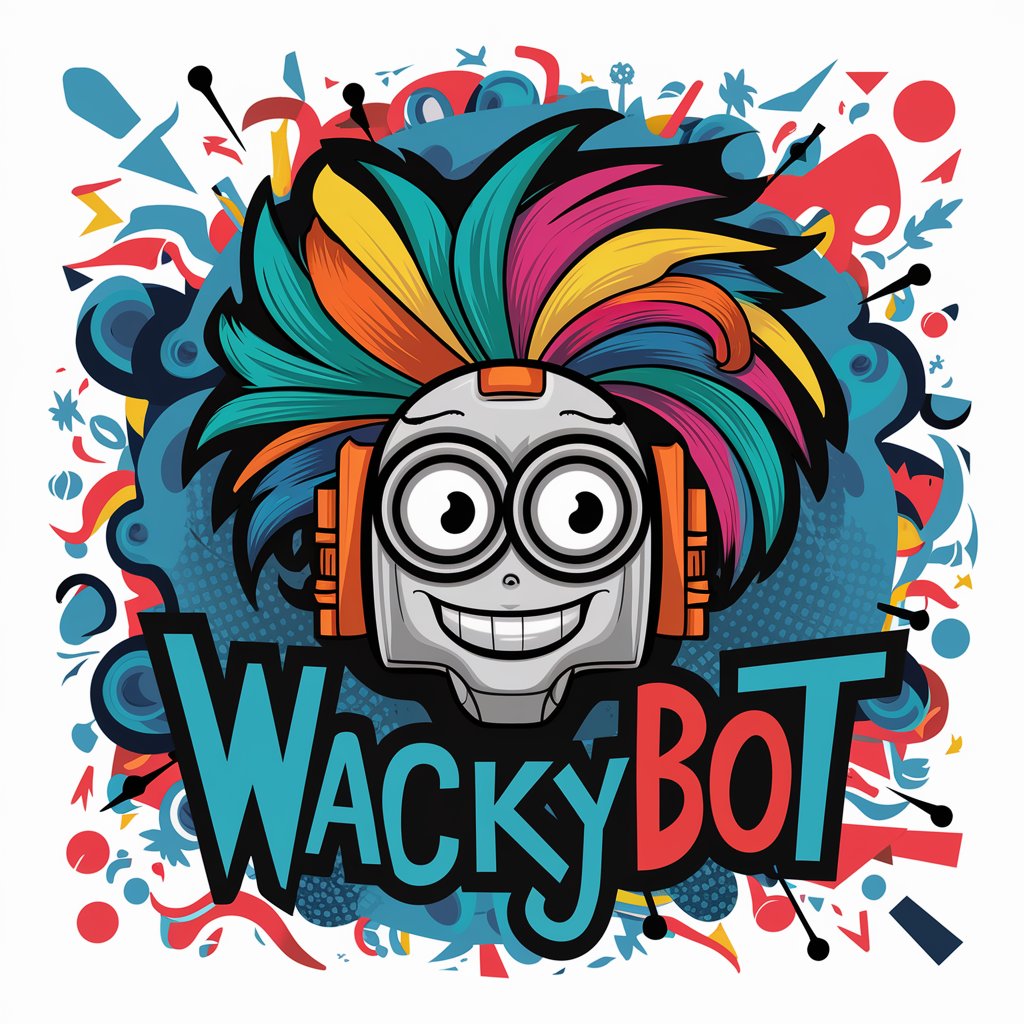
AI Jokes Making Factory
Craft Humor with AI Precision

Color Palette Pro
Crafting Colors with AI Precision

Study Buddy
Empowering your study journey with AI

RoBDA - non-RCT
AI-powered Bias Detection in Research

GPT - Social Media Sales Funnel Manager
Empower Your Social Media with AI

Automated App Programming
AI-powered app development made simple.

Unleash the Power of JavaScript QA Engineering
Empowering JavaScript quality with AI-driven testing
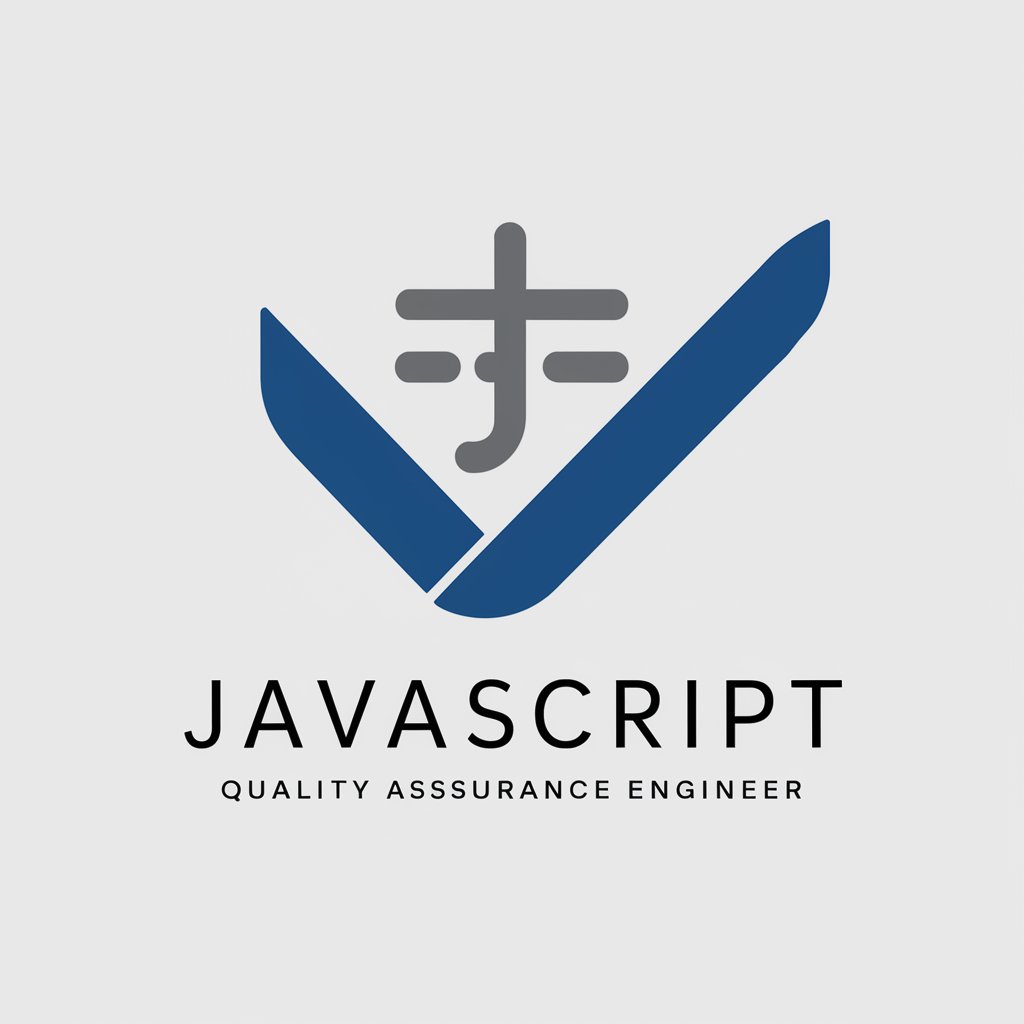
JavaScript Meets Databases: Data Mastery Unleashed
Elevate your data game with AI-driven database mastery.
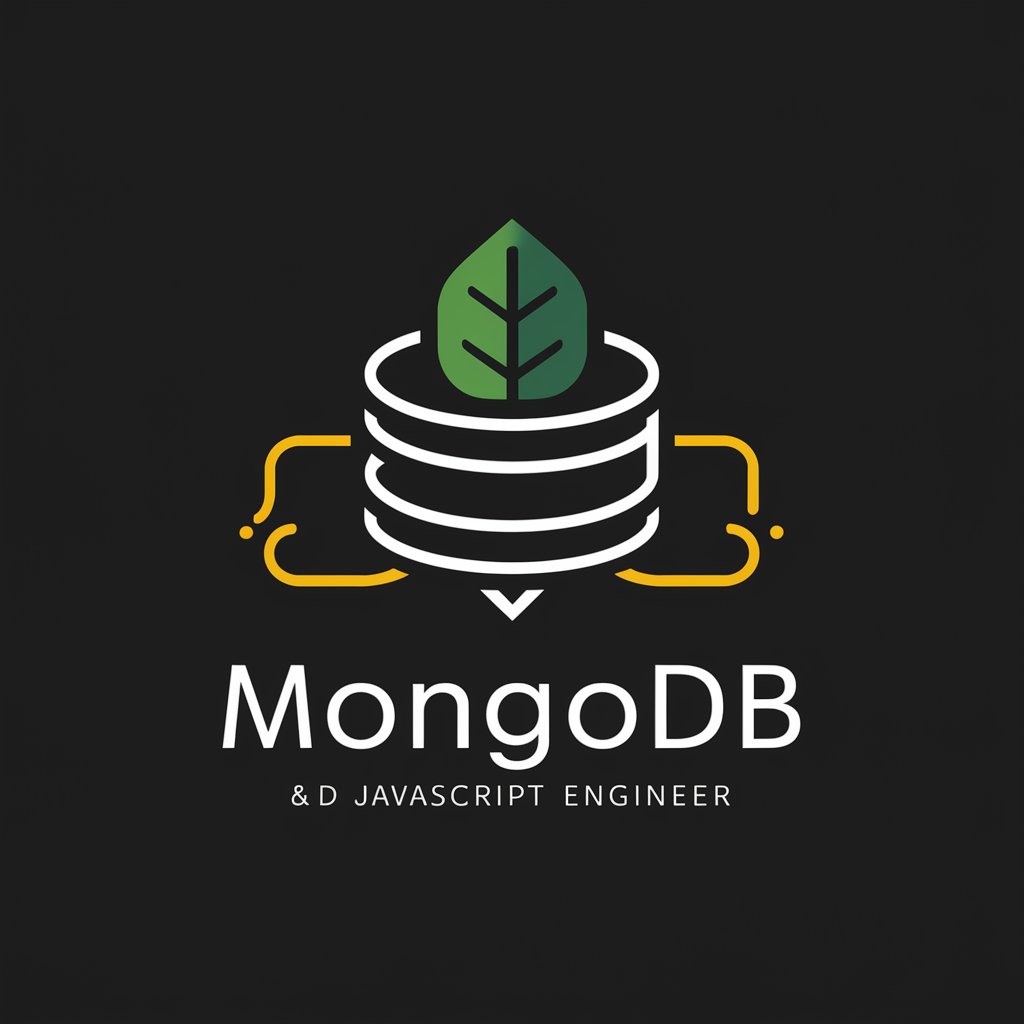
Custom GPT Agent Generator
Powering Niche Intelligence with AI
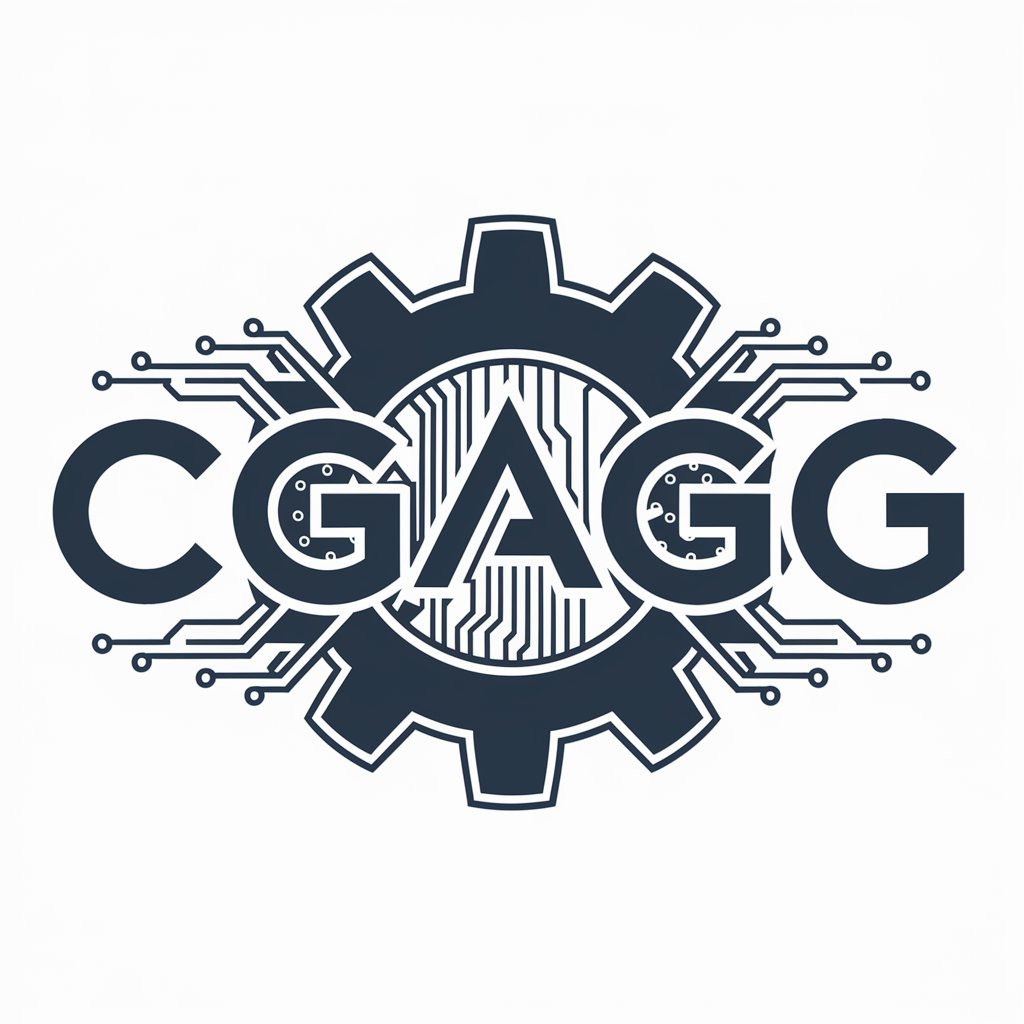
Resell Agent
AI-powered eBay Listing Enhancement
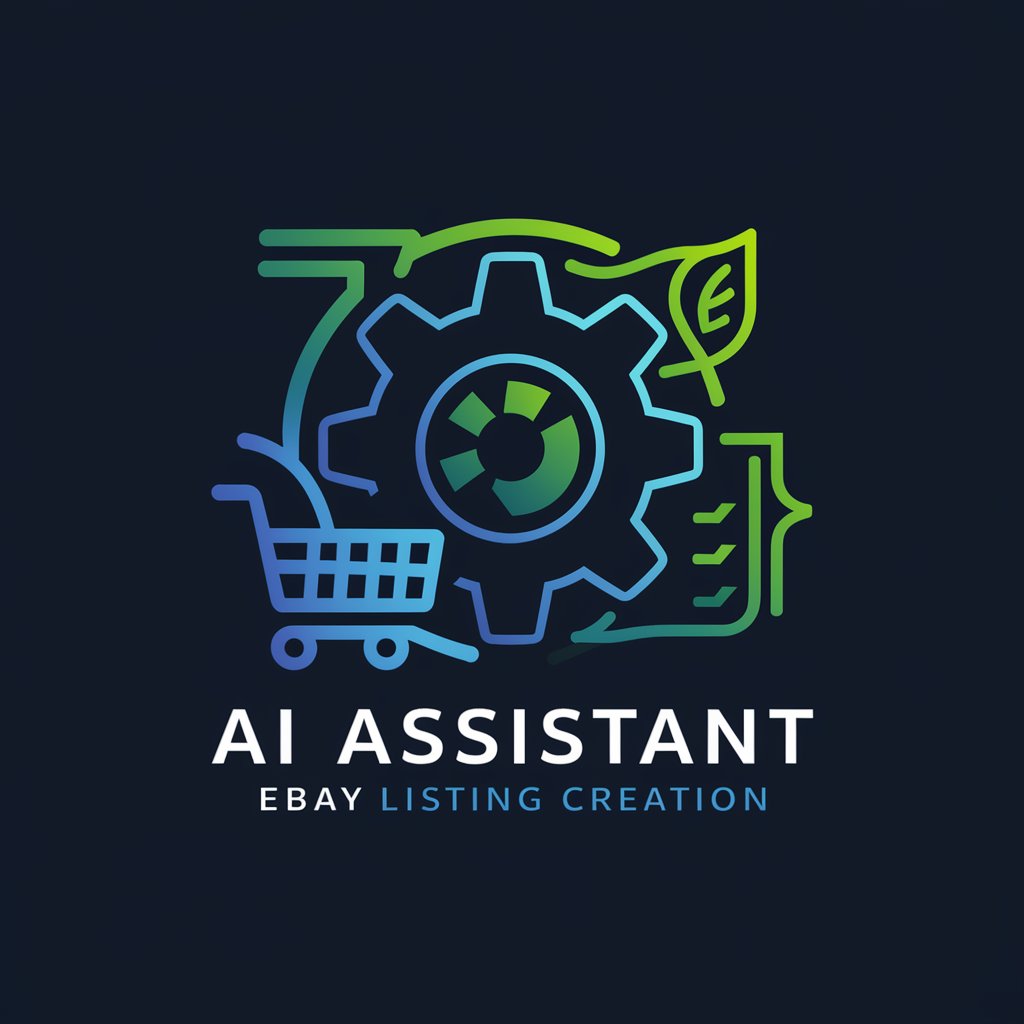
Invention Journeymen
Empowering creativity with AI-driven insights.

FAQs about 📚 Dive into Haskell
What is the primary focus of 📚 Dive into Haskell?
The primary focus is to guide users in understanding and applying Haskell's principles, focusing on immutability, pure functions, and higher-order functions, ensuring a thorough grasp through extensive coding examples and exercises.
Can beginners in functional programming use this tool effectively?
Absolutely. 📚 Dive into Haskell is designed to accommodate learners at various levels, including beginners, by offering a gradual learning curve and providing detailed explanations of foundational concepts.
How does 📚 Dive into Haskell handle coding exercises?
It provides interactive coding exercises that allow users to practice Haskell concepts in real-time, reinforcing learning through hands-on experience and immediate feedback.
Is there community support or collaboration opportunities?
Yes, users are encouraged to engage with Haskell communities and forums for feedback, support, and collaboration, enhancing the learning experience through shared knowledge and projects.
How can users ensure they're making progress?
Progress can be gauged through completing interactive exercises, applying concepts in projects, and engaging with the community for feedback. Regular practice and community interaction are key to solidifying Haskell skills.
